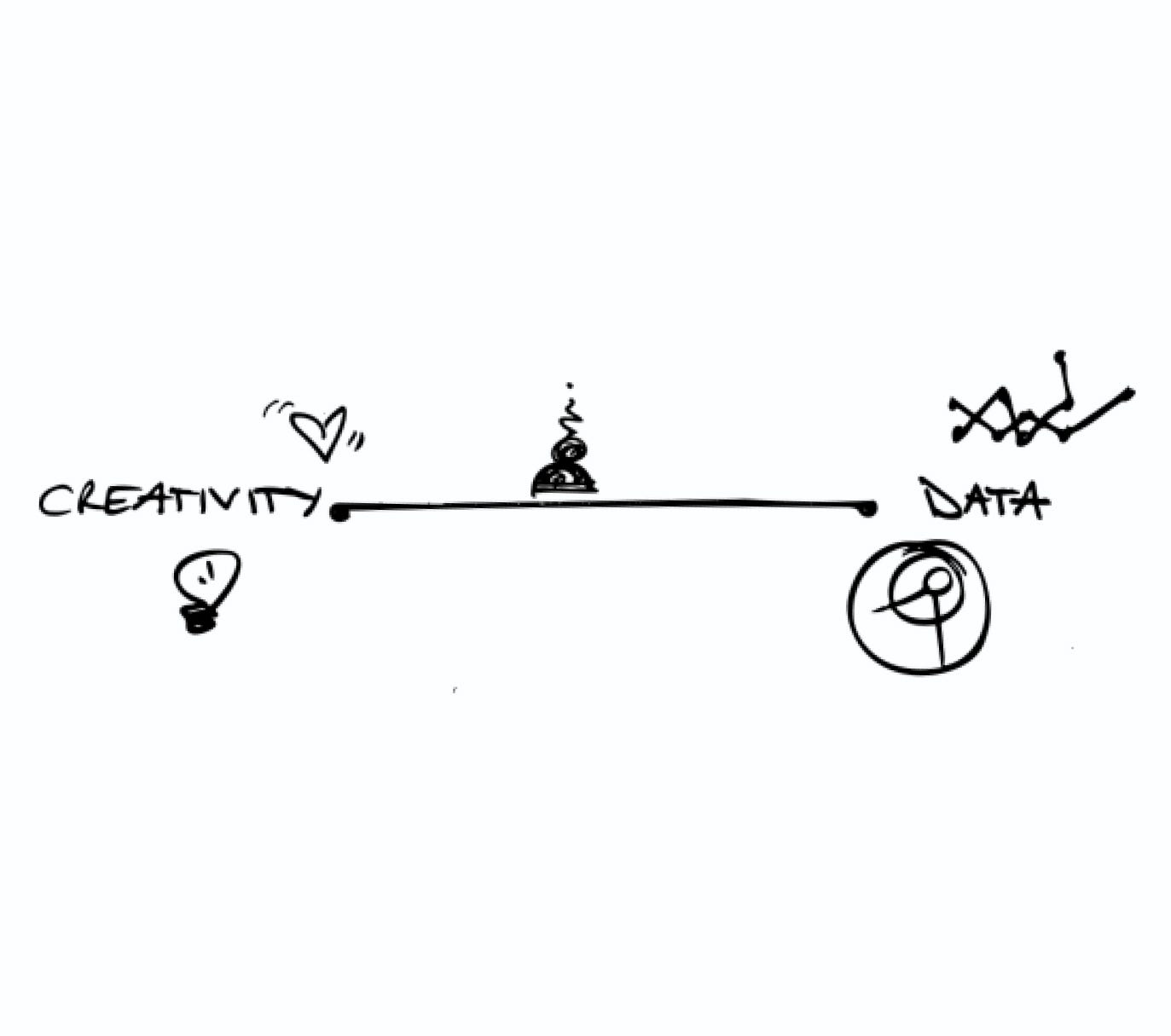I recently came across an article discussing Nike’s growth trajectory and the investor dissatisfaction surrounding stagnant profits. The author pointed out a critical factor contributing to this plateau: Nike’s heavy reliance on performance metrics and data-driven decisions, resulting in what was termed as “uninspiring marketing.”
While numerous factors contribute to this scenario, one statement struck a chord: “Nike’s once culturally resonant marketing no longer convinces consumers of its prowess and swagger.”
It speaks to marketing’s current evolution, and a few questions come to mind:
Why is achieving the delicate balance between creativity and data so challenging? Could the pressure from investors for continual growth and increased dividends be to blame? Or perhaps marketing’s obsession with efficiency is overshadowing the argument for standout creativity that may not neatly fit into measurable metrics?

Marketers are caught in a perpetual tug-of-war between art and science
On one side, there’s the art — creativity, cultural resonance, and the emotional bonds brands seek to establish with their audience. On the other, lies the science — data-driven insights, personalization, and analytics guiding creativity while meeting customer expectations.
Achieving a balance is no easy feat.
The ongoing discourse surrounding creativity versus data mirrors a broader transformation in marketing. As technology advances, so do our strategies. We’re witnessing a shift towards a more integrated approach that harnesses both creativity and data to drive brand engagement and business outcomes.
Gone are the days of traditional storytelling; brands are now delving into highly creative brand engagement strategies that transcend mere narration.
These strategies aim to create immersive and personalized experiences, fostering deeper connections with consumers and fostering brand loyalty.
Yet, as brands embrace a plethora of touchpoints across owned, shared, and third-party platforms — as well as physical, digital and soon virtual — the necessity for internal synergy becomes imperative.
This transformation necessitates a rethinking of marketing from within — an overhaul that involves breaking down silos and fostering collaboration across departments.
Read the full story with 7 actionable ideas for nurturing that transition here.. Originally published in Désirée’s Brain Itch.